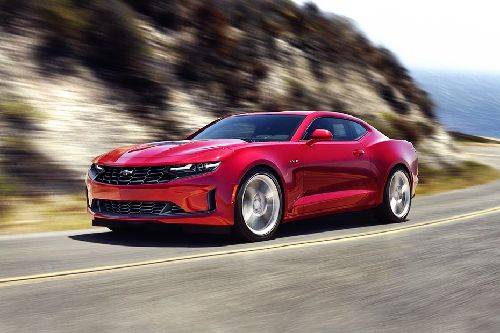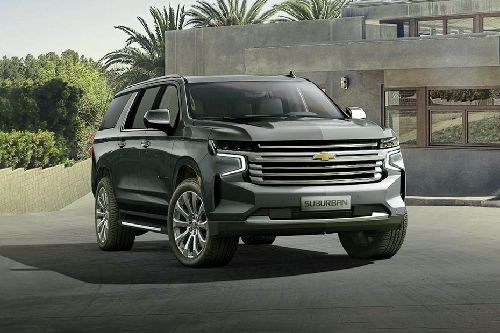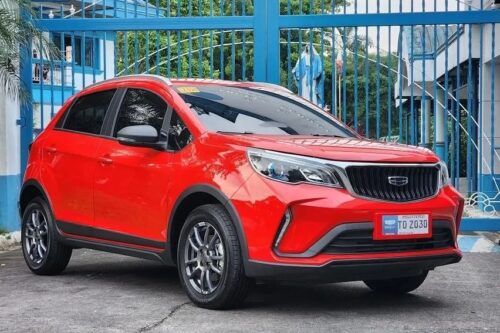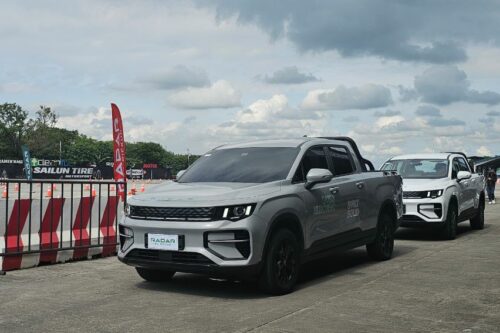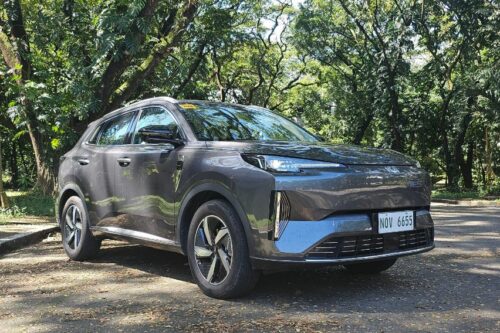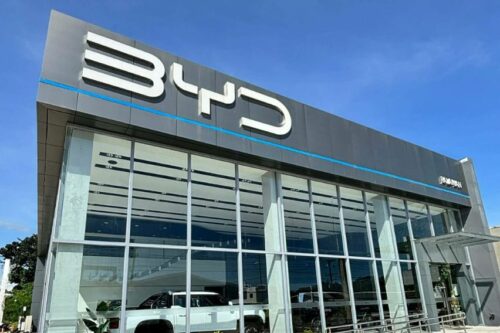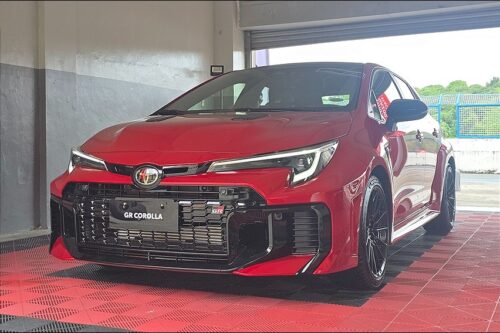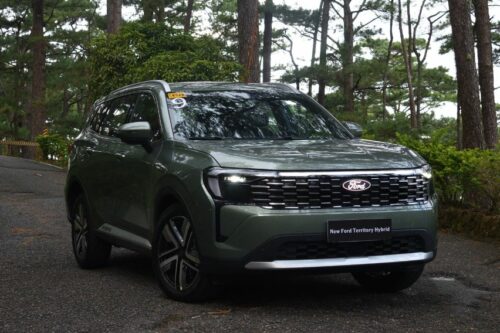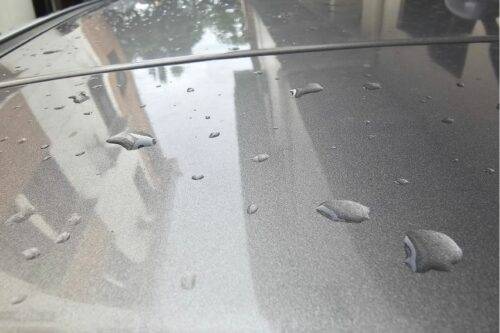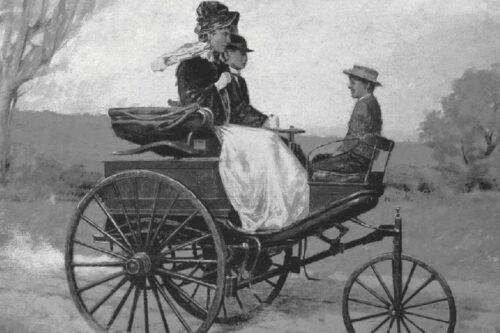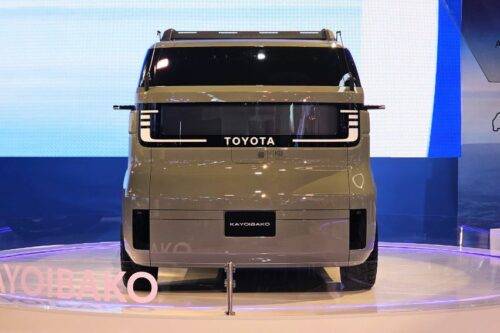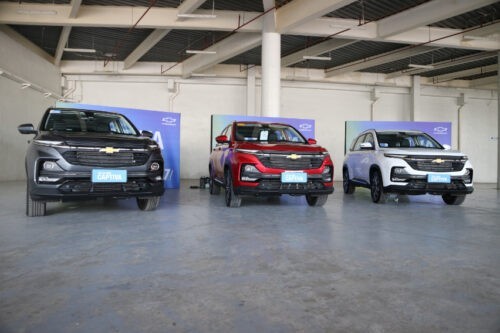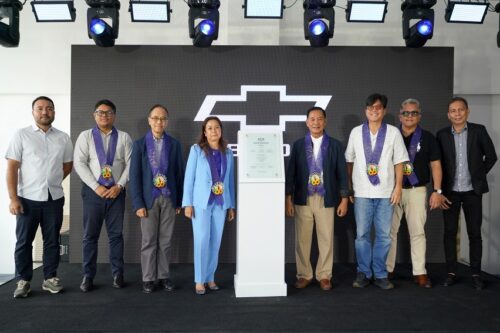General Motors opens Additive Industrialization Center for 3D printing

MANILA: General Motors (GM) has officially inaugurated the 15,000-square-foot Additive Industrialization Center (AIC) in Michigan, USA. The facility was exclusively built for the production of 3D printing technology in the automotive industry.
In a statement, GM Additive Design and Materials Engineering Director Audley Brown said, “The core component of GM’s transformation is becoming a more agile, innovative company, and 3D printing will play a critical role in that mission. Compared to traditional processes, 3D printing can produce parts in a matter of days versus weeks or months at a significantly lower cost.”
The facility houses 24 3D printers that produce polymer and metal solutions. The additive design and manufacturing team conduct’s various processes at the AIC, including selective laser sintering, selective laser melting, multi-jet fusion, and fused deposition modeling.

The construction of the AIC aims to validate additive technologies and applications with frequent pivots to evolving additive machinery and equipment. GM Ventures and GM R&D has teamed up to build the facility to support a holistic, integrated, enterprise approach to use augmented product development and tooling.
GM previously discussed about how 3D printing significantly contributed in the company’s evolution from making vehicles to medical devices within a short period of time, and how 3D-printed parts supported demanding motorsports events. These same processes are also modifying the operations of the company.
GM Additive Manufacturing and Polymer Centers Director Ron Daul said, “GM is increasingly applying the benefits of 3D printing, from prototype development to manufacturing tooling and production vehicles. With the opening of the AIC, we’ll continue to accelerate adoption of this technology across the organization.”
3D-printed rapid prototypes were already used by GM before to check form and fit. Today, most of the parts produced by AIC are functional prototypes used on pre-production vehicles for testing. Most test benches built with 3D-printed parts that can undergo the same assessment as an ordinary tooled part.
3D printing functional prototypes help in reducing expensive early tooling costs. It also helps the engineers to iterate quickly, make design changes, and cut down development times. During the development of the Chevrolet Corvette, the team used 3D-printed brake cooling ducts and as a result, they were able to complete the production nine weeks earlier than expected and the costs of the process were reduced by more than 60%.

“Many recent product programs have benefitted from 3D-printed prototype parts in one way or another. Not only can these parts save time and money, but the team also uses 3D-printed applications during product development to overcome unexpected challenges in real time,” Brown stated.
GM is also producing 3D-printed tools used for assembling vehicles. 3D printing helps the team in combining the components of a part into one, optimized design. This causes the tools to be lighter and more ergonomic.
GM has 3D printed around 100 hand tools for the body shop at Arlington Assembly as part of the production of its all-new full-size sports utility vehicles (SUVs). Usually, these tools would be made of aluminum, weighing from 10 to 40 pounds. Since the new designs were made of nylon carbon fiber composite, they weigh as little as three pounds and reduced the lead time for ordering part changes.
“3D printing the body shop tools at Arlington saved more than two months in tooling construction. This is at the critical time when we are changing the plant over to launch the new models. Ultimately, 3D printing helps accelerate new vehicle launches like our full-size SUV,” Daul said.
The AIC helps GM in making its 3D-printing capability more responsive to all its global manufacturing facilities.

Recently, Cadillac revealed that the CT4-V Blackwing and CT5-V Blackwing will be the first two GM production vehicles to use 3D-printed parts, including the emblem on the manual shifter knob, electrical harness bracket, and two HVAC ducts.
The use of additive manufacturing helped the Cadillac team to eliminate costs and increase the efficiency in the development of the manual transmission of the high-performance sedans.
“The parts printed for the Cadillac V-Series models exemplify how we can use additive applications in the right place on the right program,” Brown stated. “This is just the beginning. Ultimately, we see the potential for 3D-printed parts to be used in a wide variety of production applications — from greater personalization options for new-vehicle buyers, to unique accessories and reproductions of classic car parts.”
Photos from Chevrolet Philippines
Also read: General Motors introduces new all-electric drivetrain
Sell your car at the best price
 Verified and genuine buyers
Verified and genuine buyers
Chevrolet Car Models
Trending & Fresh Updates
- Latest
- Popular
You might also be interested in
- News
- Featured Stories
Chevrolet Featured Cars
- Latest
- Popular
Latest Chevrolet Car Videos on Zigwheels

Chevrolet Car Articles From Carmudi
- journal



